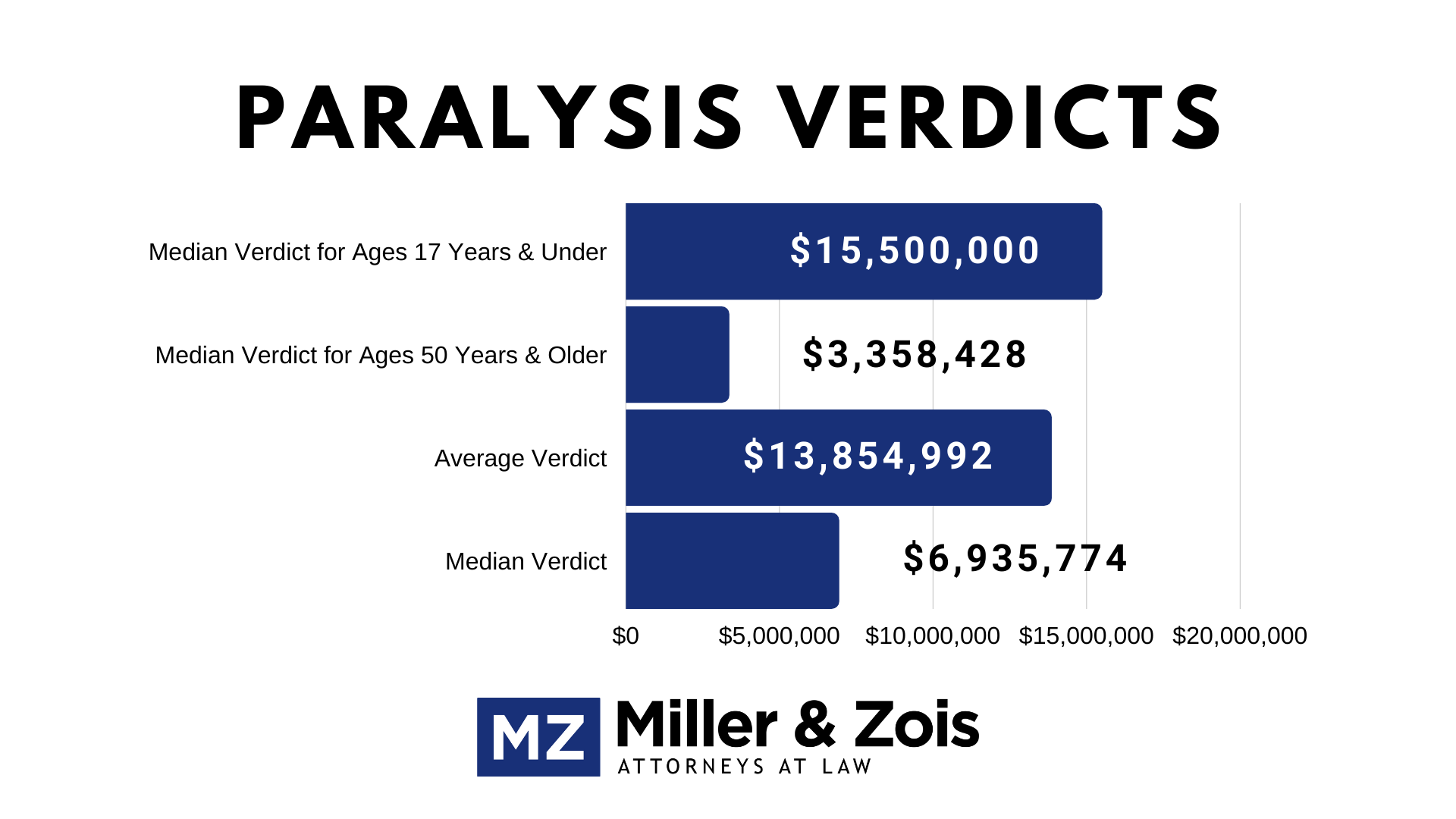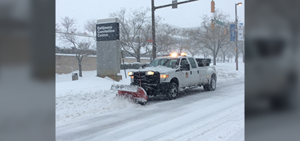The average verdict in chest and breast injury cases is $279,188, according to a Jury Verdict Research study over the last 10 years. Almost half of these cases were medical malpractice cases (41%) but the bulk of the remaining cases involve auto, truck, and motorcycle accidents. Approximately 43% of the accident cases involve either a turning vehicle or an intersection collision.
The following are examples of recent chest and breast injury cases. Each of these cases can give you an idea of how much a potential case may settle for:
- 2020, Michigan: $490,000 Settlement. A 78-year-old former sailor suffered multiple rib fractures, and a collapsed lung after a sailboat collided with his sailboat during a regatta. He underwent emergency surgery to his collapsed lung. Doctors also surgically shortened his ribs and implanted a plate to stabilize the fractures. The case settled for $490,000.






 It is not explicitly illegal, but it is recommended by all jurisdictions that you should clear snow off your car. The driver’s manuals in
It is not explicitly illegal, but it is recommended by all jurisdictions that you should clear snow off your car. The driver’s manuals in